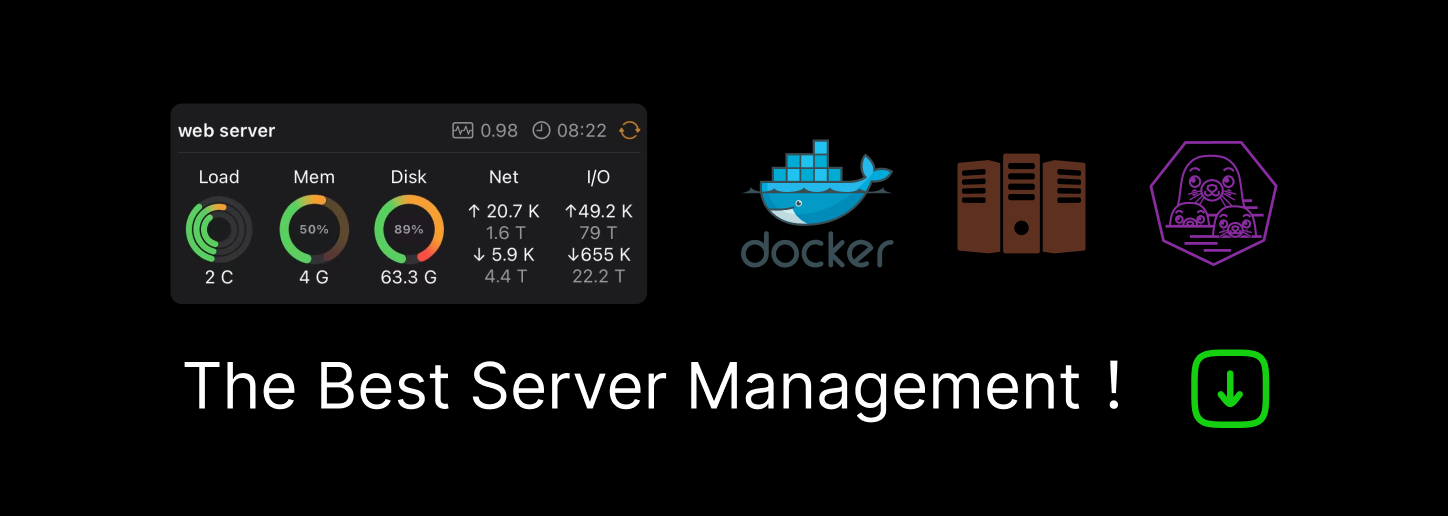

Keep Your Kotlin Code Spotless: A Guide to ktlint and ktfmt Linters
source link: https://www.rockandnull.com/kotlin-android-linters-ktlint-ktfmt-guide/
Go to the source link to view the article. You can view the picture content, updated content and better typesetting reading experience. If the link is broken, please click the button below to view the snapshot at that time.

Keep Your Kotlin Code Spotless: A Guide to ktlint and ktfmt Linters
In the bustling world of Kotlin/Android development, maintaining code quality and consistency is essential. This is where linters come in, like shining knights cleaning up and polishing your codebase. But with a variety of linters available, each addressing different aspects, choosing the right ones can be like picking the perfect weapons for your coding quest.
In this blog post, we'll delve into the realms of two popular Kotlin/Android linters: ktlint and ktfmt, dissecting their strengths and helping you decide which one best suit your coding needs.
The Formatting Enforcer: ktlint
Imagine ktlint as your meticulous code formatting companion. Developed by the team at Pinterest, it acts as a powerful style checker and formatter for your Kotlin projects. Its primary mission? To enforce consistent code formatting and style conventions, ensuring your code shines with uniformity.
Think of ktlint as a strict but helpful teacher, meticulously focusing on aspects such as code formatting. Here's what makes it special:
- Customizable Styles: Create your ideal code aesthetic with a personalized
.editorconfigfile. - Precise Enforcement: Say goodbye to inconsistencies! ktlint identifies formatting violations and guides you towards clean, consistent code.
- Flexible Integration: Adapt ktlint to your workflow, run it on-demand, integrate it into your IDE, or automate it for continuous code hygiene.
But the best part? ktlint is customizable! You can choose which coding standards you want to enforce, tailoring it to your specific project needs and preferences. Think of it as fine-tuning your formatting preferences!
Integrating ktlint in kotlin gradle project
- In the project's root
build.gradle.ktsfile, apply the ktlint-gradle plugin:
plugins {
// Get the current version from https://github.com/JLLeitschuh/ktlint-gradle
id("org.jlleitschuh.gradle.ktlint") version "<current_version>" apply false
}
- Add the following in the project's root
build.gradle.ktsfile to apply ktlint plugin to all project modules
subprojects {
apply(plugin = "org.jlleitschuh.gradle.ktlint")
// Optionally configure plugin
configure<org.jlleitschuh.gradle.ktlint.KtlintExtension> {
debug.set(true)
}
}
- Although ktlint comes with robust default formatting rules, it also grants you the ability to tailor your code to match your individual preferences. To explore the extensive customization options, create a
.editorconfigfile in your project's root directory, and add ktlint rules documentation available at https://pinterest.github.io/ktlint/latest/rules/code-styles/.
Example configuration file
[*.{kt,kts}]
max_line_length = 120 #enforce a maximum line length of 120 characters
indent_size = 4 #use 4 spaces for indentation
With ktlint prepped, let's see it in action! Run the following Gradle tasks to experience the transformation:
./gradlew ktlintCheck: Checks your code for formatting errors, but leaves it untouched../gradlew ktlintFormat: Applies ktlint's magic touch, automatically formatting your code according to the rules specified in.editorconfig.
The Opinionated Maestro: ktfmt
Now, meet ktfmt, the opinionated maestro of Kotlin formatting. Developed by Facebook (Meta), it takes a different approach. Instead of offering customization, ktfmt proudly wears its "one size fits all" hat. It simply applies its own, well-defined set of formatting rules, regardless of your initial code's appearance.
Think of ktfmt as a skilled artist, taking your code as raw material and transforming it into a beautifully formatted masterpiece. Here's what makes it special:
- Deterministic results: No matter how messy your code starts, ktfmt will always produce the same consistent output. This predictability offers peace of mind, knowing your code will always be formatted in a specific, well-defined style.
- Focus on the essence: By taking formatting off your plate, ktfmt frees you to focus on the bigger picture – the logic and functionality of your code. No more wasting time battling indentation or spacing!
- Simplicity and ease of use: ktfmt is straightforward to use. Just integrate it into your workflow, and let it work its magic behind the scenes. No need for extensive configuration or customization.
Of course, this "one size fits all" approach might not appeal to everyone. If you prefer more control over formatting, ktlint might be a better choice. But for those who value simplicity and predictability, ktfmt is a powerful tool to keep your code consistently formatted.
Integrating Ktfmt in kotlin gradle project
- In the project's root
build.gradle.ktsfile, apply the ktfmt-gradle plugin:
plugins {
// Get the current version from https://github.com/cortinico/ktfmt-gradle
id("com.ncorti.ktfmt.gradle") version "<current_version>" apply false
}
- Add the following in the project's root
build.gradle.ktsfile to apply ktfmt gradle plugin to all project modules
subprojects {
apply(plugin = "com.ncorti.ktfmt.gradle")
// Optionally configure plugin
configure<com.ncorti.ktfmt.gradle.KtfmtExtension> {
kotlinLangStyle()
}
}
With ktfmt prepped, let's see it in action! Run the following Gradle tasks to experience the transformation:
./gradlew ktfmtCheck: Checks your code for formatting errors, but leaves it untouched../gradlew ktfmtFormat: Applies ktfmt's automated code formatting in a deterministic manner, ensuring consistent and predictable code formatting throughout your project.
PS: The above-mentioned Gradle plugins for ktlint and ktfmt are community-maintained and not official. However, it's worth noting that the maintainers of ktlint and ktfmt have explicitly mentioned these plugins for setting up these linters. For alternative methods or more detailed setup instructions, it is recommended to check their respective webpages.
Recommend
-
 167
167
README.md Awesome Go Linters A curated list of awesome Go linters. Sponsored by GolangCI: SaaS service for running linters on Github pull requests. Fre...
-
 163
163
README.md GolangCI-Lint
-
 46
46
出处:2017 IEEE Symposium on Security and Privacy (SP) 作者:Najmeh Miramirkhani, Mahathi Priya Appini, Nick Nikiforakis, Michalis Polychronakis 单位:Stony Brook University 资料:
-
 47
47
README.md spotless Spotless is a Chrome extension allows you to control your Spotify player, search and play music by calling Spotify API.
-
 66
66
README.md
-
 33
33
A program that reformats Kotlin source code to comply with the common community standard for Kotlin code conventions. - facebookincubator/ktfmt
-
 13
13
Fiona Mills is a former hoarding technician for Spaulding Decon, a nationwide company that offers biohazard c...
-
 10
10
This article is part of the series related android git CI/CD setup. So far we have learned to configure Git CI for unit testing, generate build and bundle, automate Jacoco code coverage verification, and also how to automate app deployment on pl...
-
 7
7
AdvertisementAutomotiveTake 50% Off the ThisWorx Car Vacuum Cleaner and Keep Your Ride SpotlessKeep...
-
 10
10
Spotless and Ktlint for your Android app Spotless and Ktlint for your Android app FunkyMuse 6 days ago2023-04-03T14:50:00+02:00
About Joyk
Aggregate valuable and interesting links.
Joyk means Joy of geeK